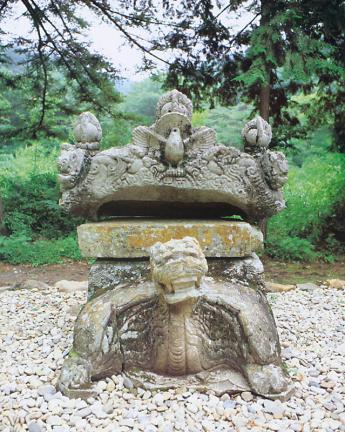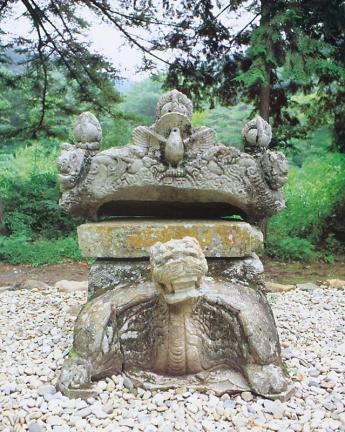국가유산 검색
보물
곡성 태안사 광자대사탑비 (谷城 泰安寺 廣慈大師塔碑)Stele of Buddhist Monk Gwangja at Taeansa Temple, Gokseong
| 분 류 | 기록유산 / 서각류 / 금석각류 / 비 |
|---|---|
| 수량/면적 | 1기 |
| 지정(등록)일 | 1963.01.21 |
| 소 재 지 | 전남 곡성군 죽곡면 태안로 622-71, 태안사 (원달리) / (지번)전남 곡성군 죽곡면 원달리 산18-1 |
| 시 대 | 고려 광종 |
| 소유자(소유단체) | 태안사 |
| 관리자(관리단체) | 태안사 |
















